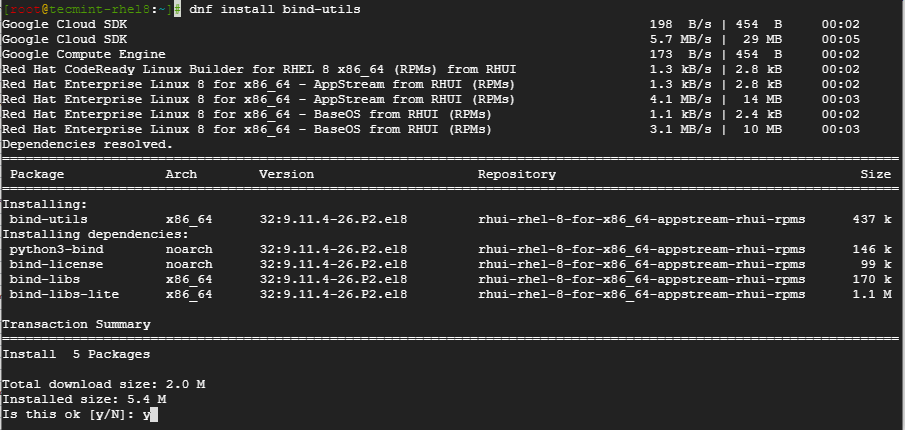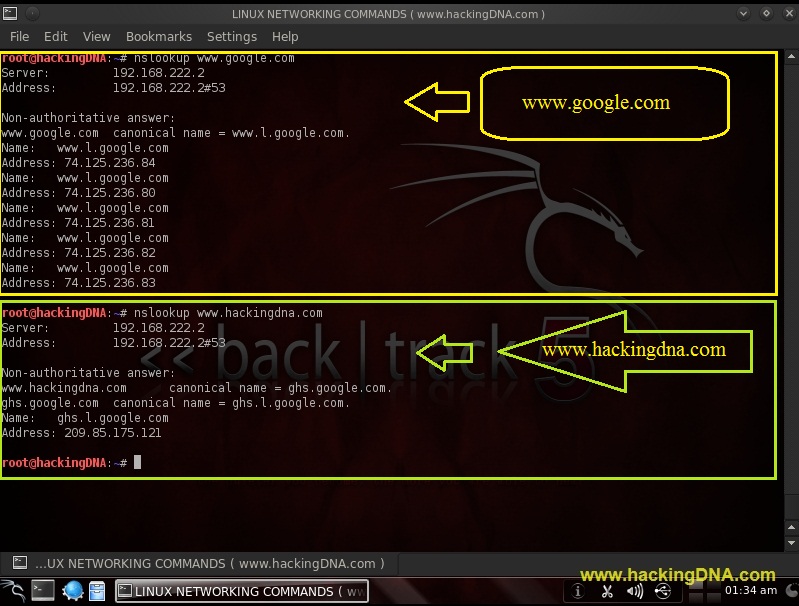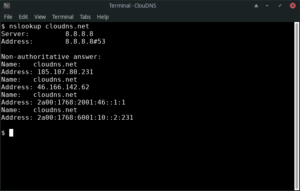

- #Network tools nslookup how to#
- #Network tools nslookup apk#
- #Network tools nslookup mac#
- #Network tools nslookup windows#
You can see the contents of this cache by using the ARP -A command.
#Network tools nslookup windows#
Windows devices maintain an ARP cache, which contains the results of recent ARP queries.
#Network tools nslookup mac#
Its job is to map IP addresses to MAC addresses. This is where the Address Resolution Protocol comes into play. Although it is easy to think of network communications in terms of IP addressing, packet delivery is ultimately dependent on the Media Access Control (MAC) address of the device’s network adapter. The ARP command corresponds to the Address Resolution Protocol. To see this type of summary information, just type NetStat -e. This command has a number of different functions, but the most useful of these is to display network summary information for the device. That’s where the aptly named NetStat command comes into play. If you are experiencing problems with network communications, then network statistics can sometimes help point you toward the root cause of the problem. Receiving these packets confirms that a valid and functional network path exists between the two hosts. Assuming that there are no network problems or firewalls preventing the ping from completing, the remote host will respond to the ping with four packets. Simply enter the Ping command, followed by the name or the IP address of the destination host. Ping is used to test the ability of one network host to communicate with another. I am guessing that the ping command is probably the most familiar, and most widely used of the utilities being discussed in this article, but that does not make it any less essential. However, there are 11 built-in networking tools that Windows networking administrators should be familiar with. These tools range from the obscure to the commonplace. Please repeat the above test to check that the commands are working.The Windows operating system contains numerous built-in, command line networking utilities. With the following command, we can launch a container including all of the above tools: docker container run -it cmd.cat/netstat/ip/nslookup sh
#Network tools nslookup apk#
We can then install the tools required for troubleshooting: apk add -update-cache iproute2 bind-tools net-toolsĪt this point, the troubleshooting can begin!ĭocker Captain Lukas Lach has published a special registry called cmd.cat which installs tools based on the name of the image. The following container uses the same network namespace as the broken instance of nginx: docker container run -it -network container:broken alpine When two processes share a network namespace, they will behave identically on a network level. Run separate container for troubleshooting … check for basic troubleshooting tools: netstat

Inside the container, several tools for troubleshooting networking issues are missing.Īfter entering the container… docker container exec -it broken sh

Launch the “broken” containerįor the sake of this tutorial, let’s assume that we are troubleshooting an instance of nginx called broken: docker container run -d -name broken nginx This approach keeps containers clean from tools required for troubleshooting. We will launch a new container sharing the same network namespace.
#Network tools nslookup how to#
In this tutorial we will learn how to troubleshoot networking issues without changing a running container.


 0 kommentar(er)
0 kommentar(er)
